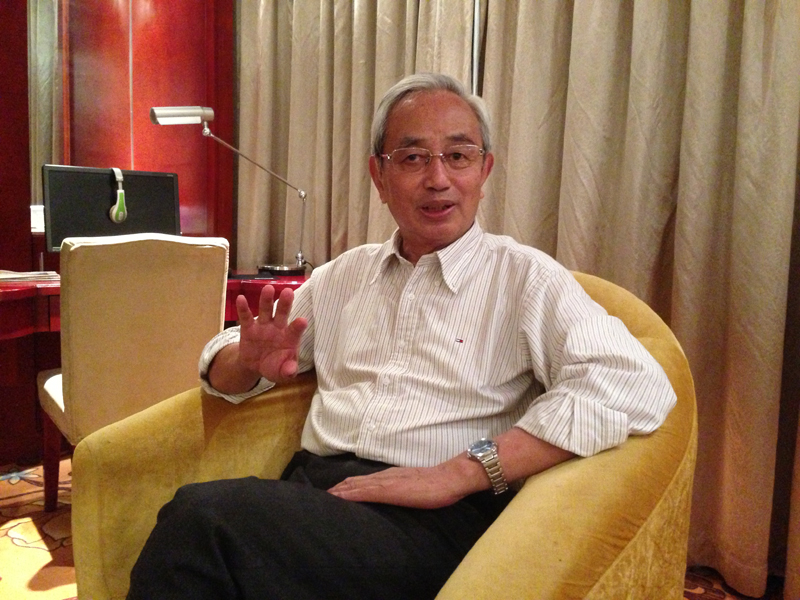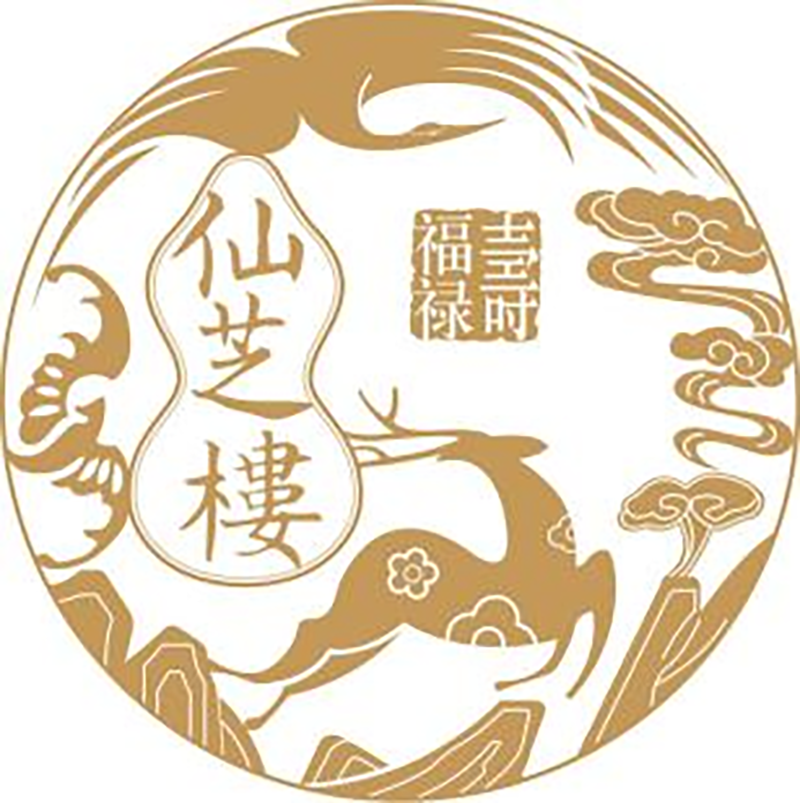
◎ This article was originally published in Traditional Chinese in the 100th issue of “Ganoderma”(December 2023) and is reprinted here with the author’s permission.
Depuis les années 1970, Reishi has been used as a medicine for disease prevention and treatment. Thirty years later, it was included in the “Pharmacopoeia of the People’s Republic of China”, fabricationReishi (Ganoderma lucidum(Leyss.ex Fr.) Karst. and Ganoderma sinense Zhao, Xu et Zhang) a legally recognized traditional Chinese medicine. À ce jour, plus que 180 kinds of drugs made fromReishi have been marketed.
Dans les années 1990, Reishi was also approved as an ingredient for health food products. Actuellement, there are more than a thousand types of Reishi health food products used for health preservation. Récemment (Novembre 9, 2023), Reishi was included in the “Catalogue of Substances Traditionally Regarded as Both Food and Chinese Medicinal Materials”.
The so-called “Substances that are both food and Chinese medicinal materials (ci-après dénommé: food and medicine substances)” refers to substances that are traditionally used as food and are included in the “Pharmacopoeia of the People’s Republic of China”, which can be used for food production. Donc, Reishi has truly become a traditional Chinese medicine that can be used both as medicine and food.
Depuis l'Antiquité, Chinese medicine has had the theory of “Medicine Food Homology”, c'est, many foods are both food and medicine. Like medicine, food can also be used to prevent and treat diseases. The “Huangdi Neijing Taisu – Diet Adjustment” proposes: “Five grains, five livestock, five fruits, five vegetables, if used to satisfy hunger, it is called food; if used to cure diseases, it is called medicine. Donc, it is suitable for patients with spleen disease to eat japonica rice, which is its medicine, and it is also food when used to satisfy hunger.” Among the 365 kinds of medicines recorded in the “Shennong Herbal Classic”, 59 are foods, 36 of which have been included in the “Catalogue of Substances that are both Food and Chinese Medicinal Materials”.
Reishi has a traditional dual use as both food and medicine. Par exemple, in the “Shennong Herbal Classic”, the red, green, yellow, white, and black Reishi can “prolong life, lighten the body, and prevent aging with long-term consumption; they are said to contribute to longevity.” Wang Chong of the Eastern Han Dynasty said in the “Lunheng – Initial Endowment Chapter”: “The Reishi blooms three times a year. Consuming it brings longevity, for it is the food of immortals.
Li Shizhen noted in the “Compendium of Materia Medica” that “In ancient times, Reishi was harvested throughout the four seasons and consumed by immortals, thus edible varieties of Reishi were classified under the vegetable category.” Tao Hongjing also stated in the “Collected Annotations on the Materia Medica” that “Whenever Reishi is obtained, it should be consumed directly without any restrictions, hence there is no prescribed method of consumption.” These discussions clearly indicate that the ancients were aware of Reishi’s dual characteristics as both food and medicine.
What is the difference between “Food-Medicine Substance Foods” and “Ordinary Foods”?
The development ofReishi products began with the extraction of substances from the fruiting body, which can be used as drugs or health foods. Plus tard, spore powder products were developed, which can also serve as health foods. Maintenant, these substances can be used in the production of food and medicine for sale in the market. Indubitablement, this is a boon for the Reishi industry.
Unlike ordinary food, when substances are used for both food and medicine, there are many regulations such as restrictions on the amount of raw materials, limits on heavy metals and agricultural residues, consumption amount, and suitable population. During the trial period of usingReishi as a substance for both food and medicine, a variety of Reishi foods including Reishi coffee, Thé Reishi, Reishi Baijiu, Reishi beverages, and Reishi candies have been launched in the market.
Different from ordinary similar products, these foods all contain Reishi fruiting bodies or their extracts. Due to the small amount of Reishi fruiting body or its extract added, these foods have no pharmacological effects or health functions, but they may have potential physiological activity.
Par exemple, I have tasted various types of Reishi coffee. The amount consumed in one serving contains about half to one Reishi capsule (contenant 0.25 g of Reishi fruiting body extract), which is a small amount compared to the health dosage of Reishi capsules (4 à 6 gélules par jour). For people who do not often drink coffee, the effect of the Reishi extract in occasionally drinking a cup of Reishi coffee can be negligible. Cependant, for people who drink many cups of Reishi coffee a day, the cumulative amount of Reishi extract entering the body is close to the amount of health food. Plus, with “long-term consumption”, it may have a health-preserving effect, such as boosting the immune system, improving sleep, and combating fatigue. This is the difference between food-medicine substance foods and ordinary foods.
There was a time when a local regulatory department consulted me, asking, “What issues should be noted when Reishi is used as food?” I suggested thatReishi foods should preferably not be made into dosage forms such as tablets, capsules, and oral liquids, which are used for medicines or health foods. This is because it would intentionally or unintentionally cause food to be mistaken for medicine or health food, thereby disrupting the Reishi product market.
Some medicinal diet restaurants use Reishi spore powder to make buns, noodles, and other pastries or medicinal meals. Since Reishi spore powder is not bitter and has a faint unique aroma of Reishi, it is safe to eat and very popular among diners when used in food. En outre, Reishi mycelium is the nutrient body during the growth process of Reishi and is also the main component of the fruiting body. Donc, if there is a chance to amend the law in the future, it would be best to include Reishi spore powder andReishi mycelium powder in the food-medicine substances.
The concept of “medicine and food share the same origin” originates from the production and life practices of ancient people. The practice of using Reishi as a food-medicine substance has just begun, and there are still many things to be done. The most important thing is to innovate, not to imitate. I have tasted various types ofReishi café, and I can’t distinguish any special characteristics. What would be the consequences if everyone rushes to make such Reishi coffee? Donc, the Reishi industry needs to take the path of innovation in the research and development of Reishi foods, develop more and better Reishi foods, in order to truly usher in the spring of the Reishi industry.
Introduction to Professor Lin Zhibin

M. Lin Zhibin, a pioneer in Reishi research in China, has devoted nearly half a century to the field. He held several positions at Beijing Medical University, including Vice President, Vice Dean of the School of Basic Medicine, Director of the Institute of Basic Medical Sciences, and Director of the Department of Pharmacology. He is now a professor in the Department of Pharmacology at Peking University School of Basic Medical Sciences. Depuis 1983 à 1984, he was a visiting scholar at the WHO Traditional Medicine Research Center at the University of Illinois at Chicago. Depuis 2000 à 2002, he was a visiting professor at the University of Hong Kong. Depuis 2006, he has been an honorary professor at the Perm State Pharmaceutical Academy in Russia.
Depuis 1970, he has used modern scientific methods to study the pharmacological effects and mechanisms of traditional Chinese medicineGanoderma and its active ingredients. He has published over a hundred research papers on Ganoderma. Depuis 2014 à 2019, he was selected for the Elsevier’s China Highly Cited Researchers List for six consecutive years.
He has written many books on Ganoderma, including “Modern Research on Ganoderma”(Editions 1-4), ”Lingzhi From Mystery to Science”(Editions 1-3), “Ganoderma supports the healthy energy and dispels pathogenic factors, assisting in the treatment of tumors”, “Comprehensive Discussion on Ganoderma”, “Ganoderma and Health”, “Ganoderma and Tumor Prevention and Treatment”, and others.




